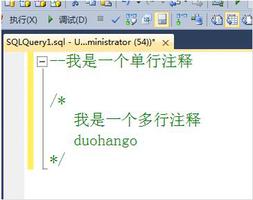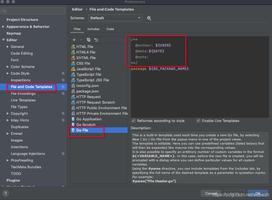建议控制器方法*之前*处理@Valid注释
我正在使用Spring MVC 4.1向宁静的Web服务添加速率限制。
我创建了@RateLimited可以应用于控制器方法的注释。Spring AOP方面会拦截对这些方法的调用,如果请求过多,则会引发异常:
@Aspect@Component
@Order(Ordered.HIGHEST_PRECEDENCE)
public class RateLimitingAspect {
@Autowired
private RateLimitService rateLimitService;
@Before("execution(* com.example..*.*(.., javax.servlet.ServletRequest+, ..)) " +
"&& @annotation(com.example.RateLimited)")
public void wait(JoinPoint jp) throws Throwable {
ServletRequest request =
Arrays
.stream(jp.getArgs())
.filter(Objects::nonNull)
.filter(arg -> ServletRequest.class.isAssignableFrom(arg.getClass()))
.map(ServletRequest.class::cast)
.findFirst()
.get();
String ip = request.getRemoteAddr();
int secondsToWait = rateLimitService.secondsUntilNextAllowedAttempt(ip);
if (secondsToWait > 0) {
throw new TooManyRequestsException(secondsToWait);
}
}
除了@RateLimited控制器方法的参数标记为@Valid,例如,这一切都可以正常工作:
@RateLimited@RequestMapping(method = RequestMethod.POST)
public HttpEntity<?> createAccount(
HttpServletRequest request,
@Valid @RequestBody CreateAccountRequestDto dto) {
...
}
问题:如果验证失败,则验证器将抛出MethodArgumentNotValidException,由来处理@ExceptionHandler,该会向客户端返回错误响应,从不触发my
@Before,因此绕过了速率限制。
我曾经考虑过使用Spring Interceptor或普通的Servlet过滤器,但是它们是通过简单的url模式映射的,我需要通过GET / POST /
PUT / etc进行区分。
回答:
我最终放弃了尝试寻找AOP解决方案的方法,而是创建了一个Spring
Interceptor。拦截器将处理preHandle所有请求,并监视其处理程序为的请求@RateLimited。
@Componentpublic class RateLimitingInterceptor extends HandlerInterceptorAdapter {
@Autowired
private final RateLimitService rateLimitService;
@Override
public boolean preHandle(HttpServletRequest request, HttpServletResponse response, Object handler) throws Exception {
if (HandlerMethod.class.isAssignableFrom(handler.getClass())) {
rateLimit(request, (HandlerMethod)handler);
}
return super.preHandle(request, response, handler);
}
private void rateLimit(HttpServletRequest request, HandlerMethod handlerMethod) throws TooManyRequestsException {
if (handlerMethod.getMethodAnnotation(RateLimited.class) != null) {
String ip = request.getRemoteAddr();
int secondsToWait = rateLimitService.secondsUntilNextAllowedInvocation(ip);
if (secondsToWait > 0) {
throw new TooManyRequestsException(secondsToWait);
} else {
rateLimitService.recordInvocation(ip);
}
}
}
}
以上是 建议控制器方法*之前*处理@Valid注释 的全部内容, 来源链接: utcz.com/qa/419162.html








